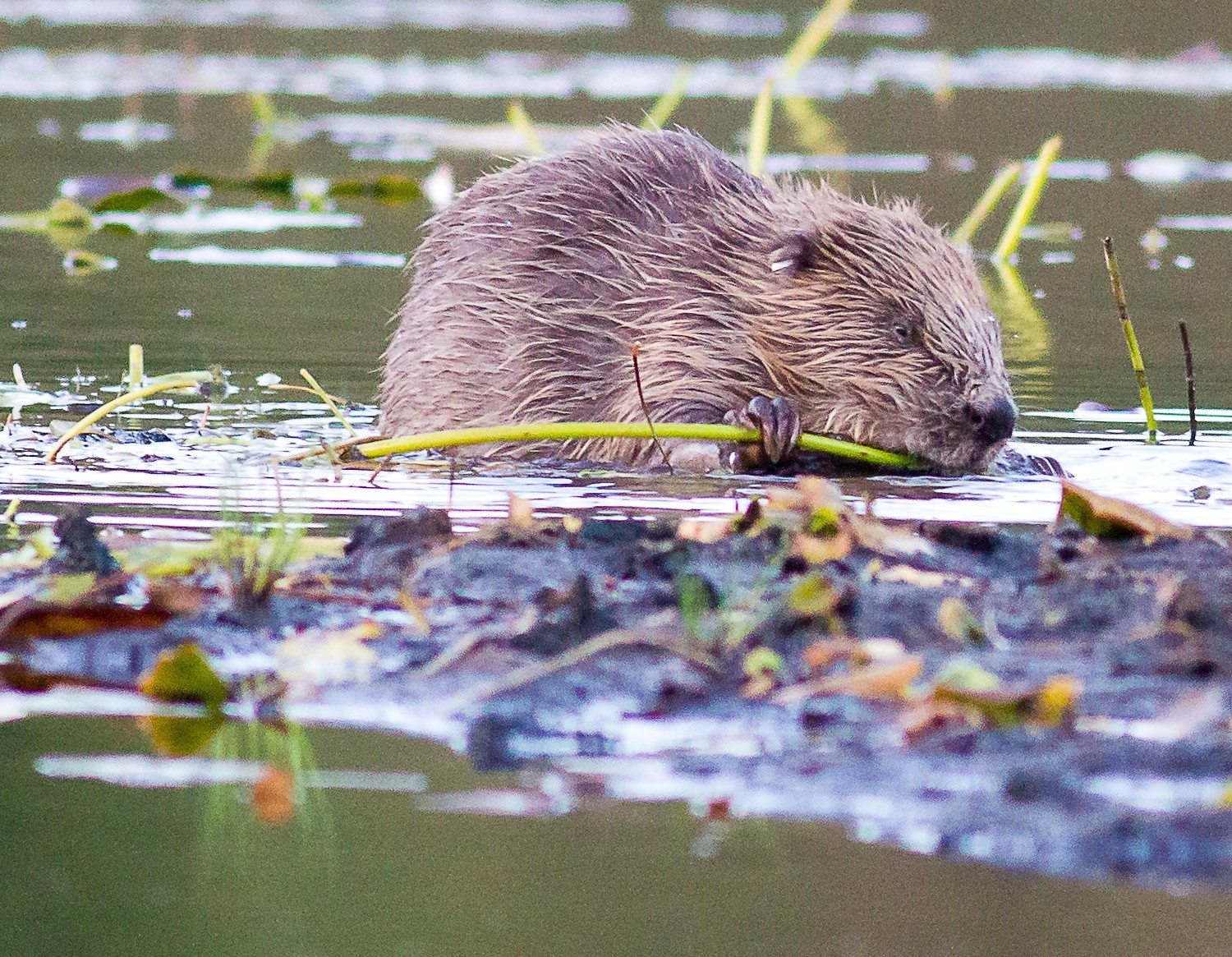The beavers that have wreaked havoc and caused controversy in Tayside for a decade are here to stay and will be allowed to extend their range naturally.
After years of Government procrastination, Scottish Environment Secretary Roseanna Cunningham has finally decided that the species should receive legal protection in populations in Tayside and Argyll.
But, in cases of serious agricultural damage, farmers will still have the ultimate option of lethal control when no other management solution can be found.
The long-awaited announcement on the future of Tayside’s illegally-released beavers is a compromise welcomed by diverse organisations including the farmers’ union, the John Muir Trust, Scottish Land & Estates, Rewilding Britain and Scottish Natural Heritage.
However individual farmers spoke out against the decision. Peter Grewar, the chairman of the Meigle Burn Group, has suffered serious damage on his land and said that since since June 2013 the members of the group had removed in excess of 50 beaver dams .
“If these dams had not been removed large areas of productive arable land in Strathmore would have been flooded and reverted to swamps . It remains to be seen how damage will be limited in the future,” he said.
But Adrian Ivory of Strathisla Farms at Meigle described the Government’s decision as a ‘fair resolution’.
“Farmers are going to have to learn to live with them,” he said. “Some will be unhappy but once we have seen the guidelines we will work within them. Everyone will knuckle down and get on with it.”
NFU Scotland (NFUS) was also quick to insist that that proper management of the species was fundamental in order to avoid unacceptable impact on agriculture. Vice president Rob Livesey said the release of beavers should never have happened, and should not have been allowed to lead to the current situation in Tayside.
He added: “NFU Scotland will work to ensure that the detail and implementation of the regime is in line with its and the Environment Secretary’s ambitions.”
Ms Cunningham said she had been determined to find a pragmatic approach, which balanced the biodiversity benefits of reintroducing beavers with the need to limit difficulties for farmers.
“Beavers promote biodiversity by creating new ponds and wetlands, which in turn provide valuable habitats for a wide range of other species. We want to realise these biodiversity benefits while limiting adverse impacts on farmers and other land users. This will require careful management,” she said.
However she insisted that any further unauthorised releases of beavers would be a criminal act.
“Swift action will be taken in such circumstances to prevent a repeat of the experience on Tayside,” she said.
Stuart Brooks, chief executive of the John Muir Trust said he was delighted that beavers were to remain and add to the wildness of Scotland.
“Recent trials have shown that returning once native species will enhance habitats for the benefit of people and for our natural world. We also welcome the measures to manage the impact of beavers for farmers and other land owners as a sensible and pragmatic approach.”
nnicolson@thecourier.co.uk







